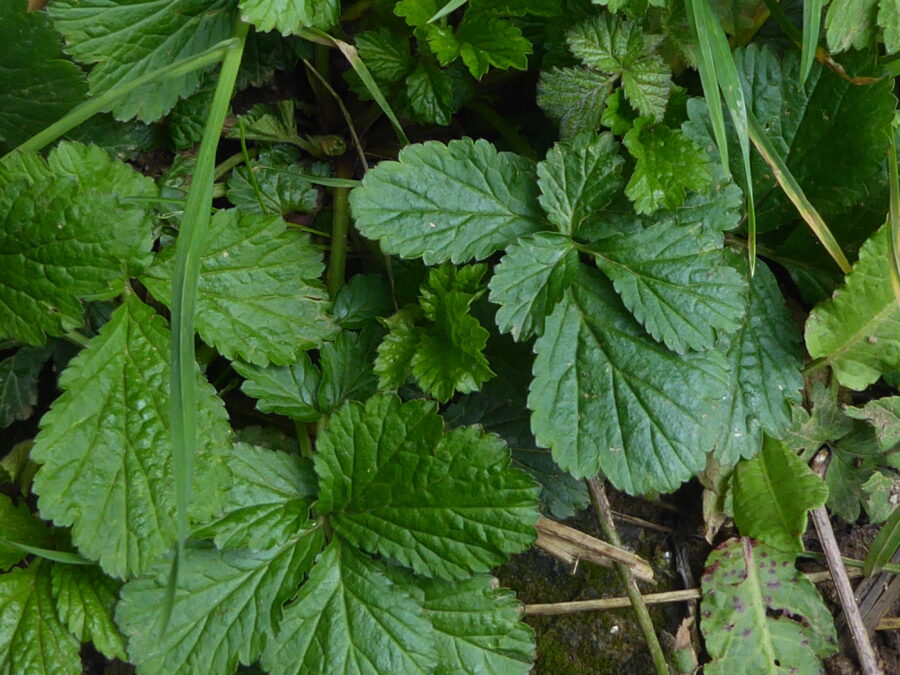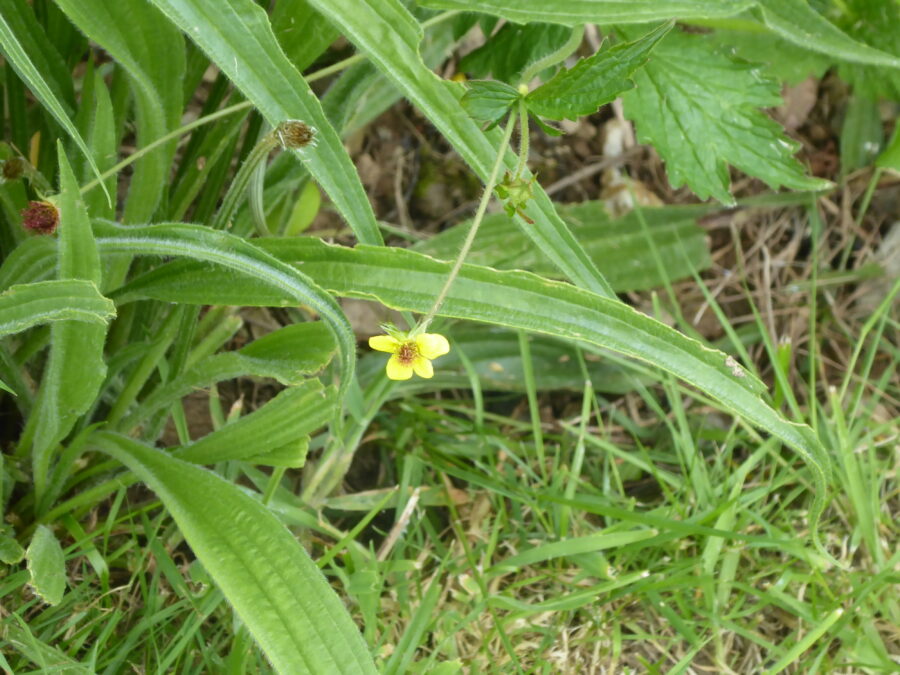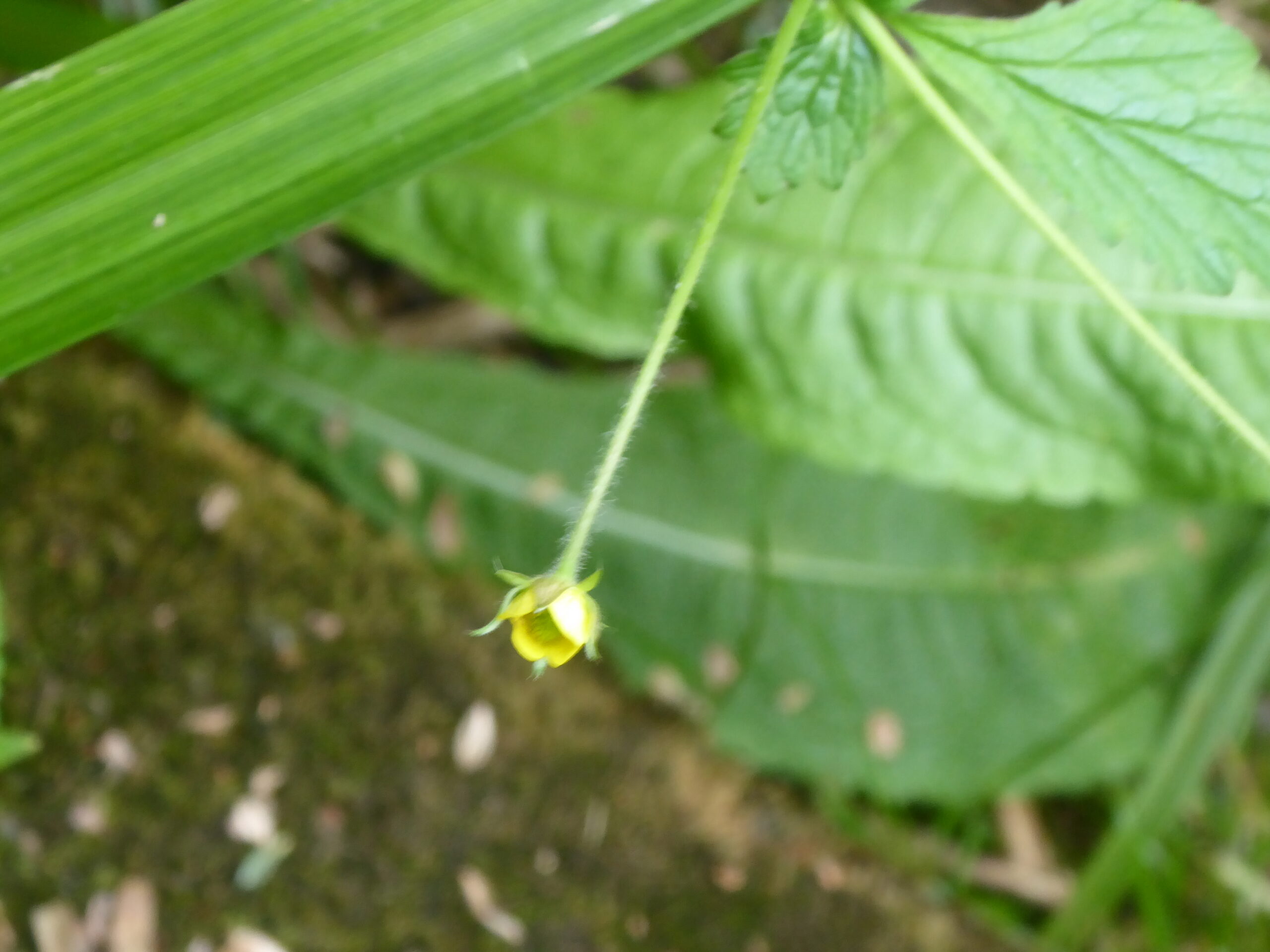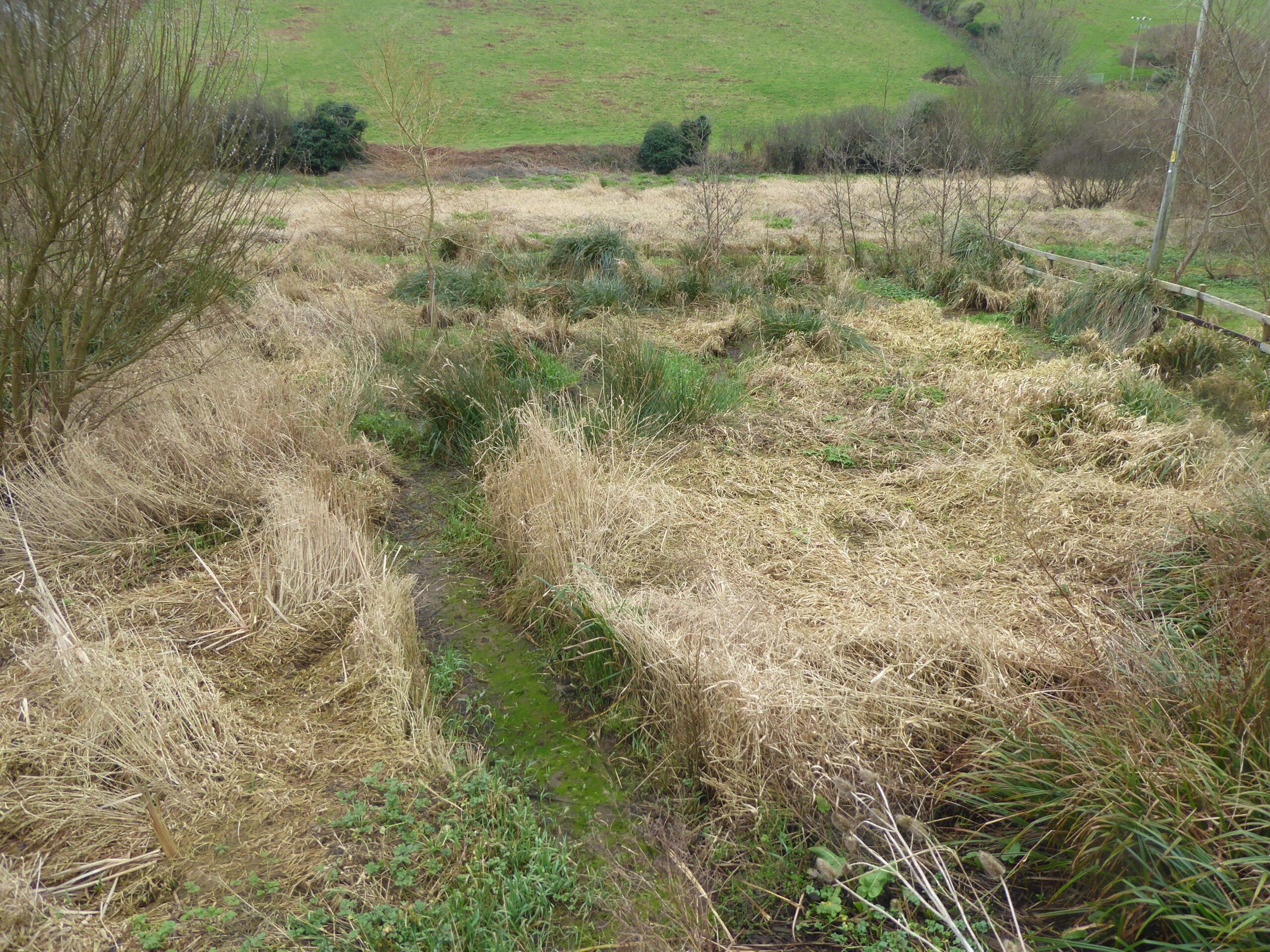Whilst I noticed the leaves at the beginning of April, I’ve waited till this week for the flowers to bud and bloom.

This wildflower is also known as Herb Bennet. The toothed leaves comprise three lobes and the yellow five-petalled flowers, appearing from May, look a lot like buttercups.

They are, however, smaller and less cup-shaped, with their petals spread out. They are also not as shiny. The stems are slenderer which means that the flowers are quick to droop. The flowers then turn into hooked seed heads, which latch onto passing animals.


